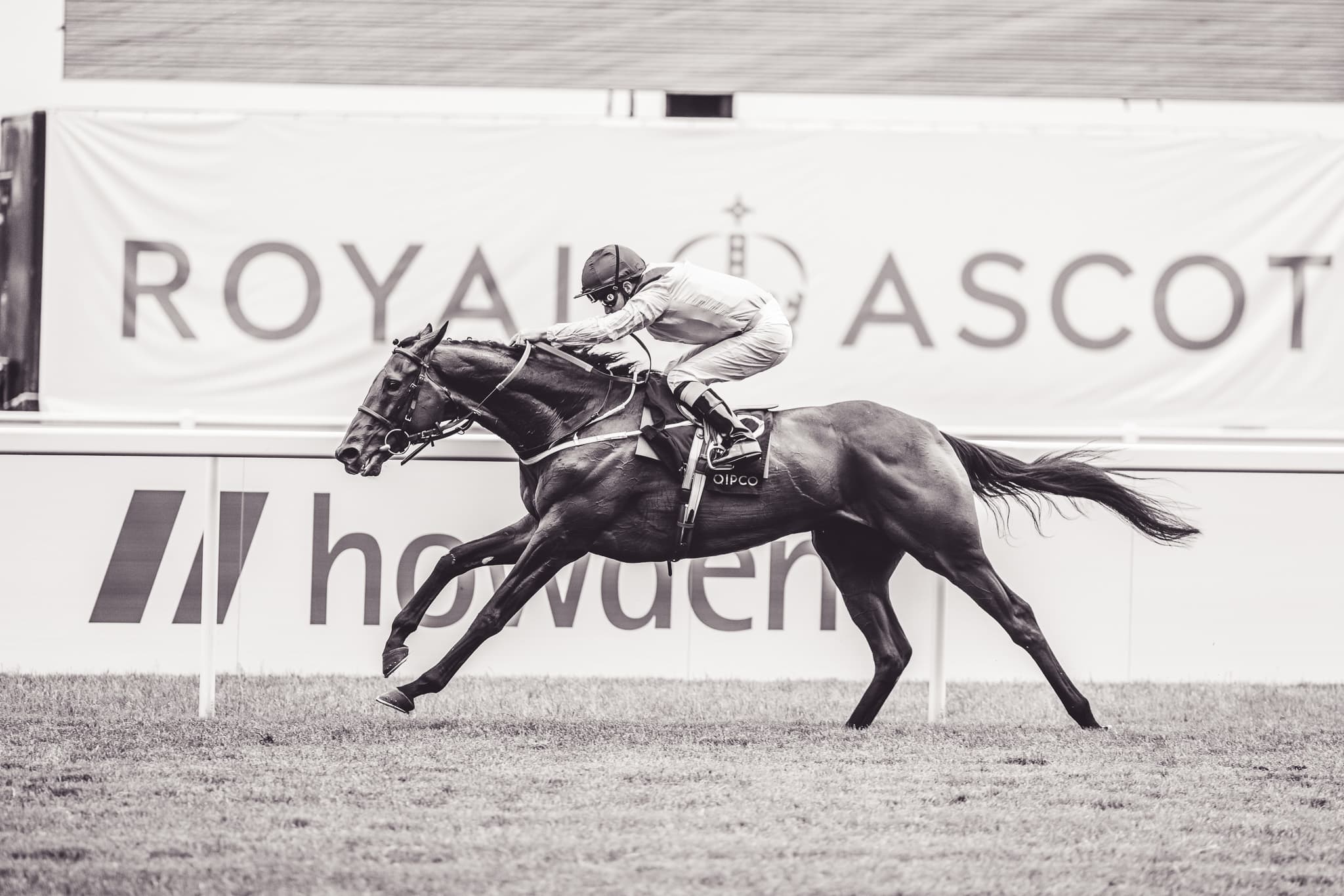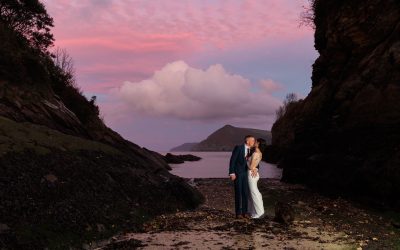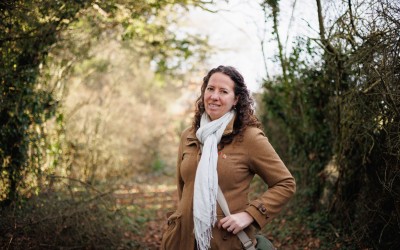Just under a year ago I made the staged switch from my Canon DSLRs to Canon mirrorless cameras. Would I go back? In a word no, and here’s why!

DSLR vs Mirrorless, What is the difference?
To put it simply the biggest difference is as per the name the lack of a mirror! The mirror in a DSLR reflects the light (and therefore image) from the lens to the viewfinder. The viewfinder is a live actual view delivered in a way similar to that of a periscope. With mirrorless cameras the light goes straight to the sensor. The sensor then transmits a live preview to the electronic viewfinder (if it has one) or screen.

What are the pros and cons of mirrorless cameras?
The main pros of the DSLR are;
The viewfinder gives a real time view without a lag.
The autofocus (if on high end DSLR) is generally faster and better.
Better battery life.
More affordable
The main pros of a Mirrorless are;
They are generally lighter and smaller.
The electronic viewfinder (EVF) has a ‘exposure simulation’ option.
Not limited to focus point diamond of DSLRs.
Intelligent auto focus eye detection.
Can use DSLR lenses with adapters
Electronic shutter mode is totally silent emitting no sound at all.
Which mirrorless cameras?
I have moved from the Canon 5D3 to initially the Canon R5 but then also the canon R6.
The 5D3 has been my workhorse body for several years with me owning multiple. I love/loved it as a camera but it had limitations especially in low light. Ultimately though it is an 8 year old camera and technology has leapt forward. Canon has previously been lagging with mirrorless bodies but the R5, R6 and newest R3 have seen a change in the tide.
The R5 is the mirrorless equivalent of the DSLR 5D range but several steps up in terms of sensor resolution, and video performance. The R6 is the mirrorless continuation of the 6D line. Still full frame but with a lower resolution sensor but otherwise having very similar photography specs to the R5.

My initial thoughts of the R5 mirrorless
When I first got my hands on the R5 paired with a RF 70-200m 2.8f lens my first reaction was the weight. It still has some weight but it is notably smaller and lighter than it’s DSLR counterpart. When you’re carrying them round all day it makes a difference.
My next thoughts were over the familiarity of it. Yes there were new features and buttons but the majority retains the same feel of the 5D3 I was used to and with some careful setting up I was able to pretty much mirror the operations. This was very useful as it allowed me jump between both cameras on a shoot without worrying which buttons were where.
Actually taking photos the biggest game changer for me immediately became evident, the exposure simulation of the EVF. Gone was the challenge of calculating or guessing exposure, instead the result of your settings is there in front of you before you take the photo.
The freedom of choice on focus points, and the intelligent eye tracking also immediately impressed me.
I actually took the plunge photographing a wedding with the R5 after having it less than 24 hours. I was not disappointed.
A year on
I have now had the R5 nearly a year and the R6 for 6 months and honestly I am firmly sold on the change to mirrorless.
The exposure simulation has resulted in my basic editing time being sped up.
The eye detection autofocus is AMAZING for human portraits. Once it’s locked it holds on to that person.
Sharpness and focus is pretty darn superb. You still get misses but the % compared to my 5D3 is not really comparable.
Video work is now possible. The 5D3 although 4k enabled didn’t have a video focus system. The R series though do and allow me to quickly switch between video and photo.
Both work better in low light than my 5D3. Dark churches where I would only have dared deliver black and white images due to high ISO grain, I now am delivering colour images. The R6 is supposebly ever so slightly better but I’ve not done a side by side comparison of same lenses etc.
The introduction of the control ring on the RF lenses (and adapter) has proven really valuable for me. I shoot in manual using the main dial for shutter speed, the control ring for aperture, and the rear wheel for ISO/exposure compensation.
The cameras have worked well with my Pixapro (UK branded Godox) lighting systems, with the camera recognising an on camera light or trigger turning off the exposure simulation. I was initially worried about how they would work together but have been thrilled with the results.
Lastly and a huge bonus is the fact the EF lenses work so well on the mirrorless bodies, potentially even better than they did on the DSLRs. I have invested in two RF lenses namely the 70-200mm 2.8f and the 50mm 1.8f, but other than that I’m using all my old EF lenses, with no real need to upgrade to the RF counterparts.



Not all positives
Although turning mirrorless has been a game changer for me it would be wrong to say the cameras were perfect.
Firstly they eat batteries for breakfast! I have learnt to make adjustments to improve battery life dramatically (almost always in flight mode and limiting rear screen use) but unlike my 5D3 I cannot get through an entire day on a single battery. On the positive side though as they take the same battery size (LP- E6) as my 5D3s and 7D, I have a large stash of spare batteries.
Talking battery life the R5 top 20 fps frame rate for high burst mode is not available unless using a LP-E6NH battery which is also at least 60% charged. Personally this is not an issue for me but will affect those who need the highest frame rates.
EVF lag. Because the viewfinder is not a truly live view you do get a split second lag. I have adapted to this pretty quickly and it normally only appears when capturing high speed action at a high frame rate. If I was solely a sports photographer I would likely have gone with a 1DX series instead
The eye autofocus is pretty mind blowing but doesn’t always work. And one of the animals it doesn’t work well on is horses. It gets confused between the eyes and nostrils and doesn’t look on. I just use single point focus instead like I would on the DSLR. Although frustrating for my equine work, it can’t really be counted against the mirrorless as DSLRs don’t have that capability either!
Colours are a bit different but this is very much a personal choice. For some time there were no native colour profiles in Lightroom so I utilised Color Fidelity ones. Now though I’m using the new native profiles which are very good but the reds are a little too red for me without further adjustments.

Any going back?
Essentially no, I’m now mirrorless and intend to stay that way. I have kept one of my 5D3 bodies and the older 7D as backups but they won’t be used unless essential. Canon have confirmed that mirrorless is the way forward for them and that is where they are concentrating their resources. Beautiful photos will always still be possible on DSLRs, in the same way that SLR cameras are still popular, but to move with technology mirrorless is in my opinion key, and the quality now backs it up.
R5 vs R6
Lots of people ask me the difference between the R5 and R6 mirrorless cameras. The main differences are few but quite notable.
First and foremost the sensor resolution difference is pretty huge. 20.1mp of the R6 versus 45mp for the R5. If you often find yourself cropping then you may want a tad more than the 20.1mp of the R6, although Topaz gigapixel AI or Adobe’s LR or PS enlarging AI tools would argue otherwise!
Secondly is the video. Both cameras can capture 4k video but the R5 has more bells and whistles and can record 8k. Whether you want to record 8k is a different matter!
Other than that the differences are quite subtle with exception of the price! A slightly larger screen will be well down the list of importance for most people.
Most people honestly won’t need the R6 over the R5 unless honestly needing the larger sensor resolution or the higher spec video. If you want to get more into the details between them Canon themselves are a great point of call.
Love this article?
Do you love what I’m talking about? Then please share the article using the below social media buttons. & follow me, if you haven’t already, on social media to keep track of my latest work. Also take a read of some of the below articles which are on similar subjects to this one




























